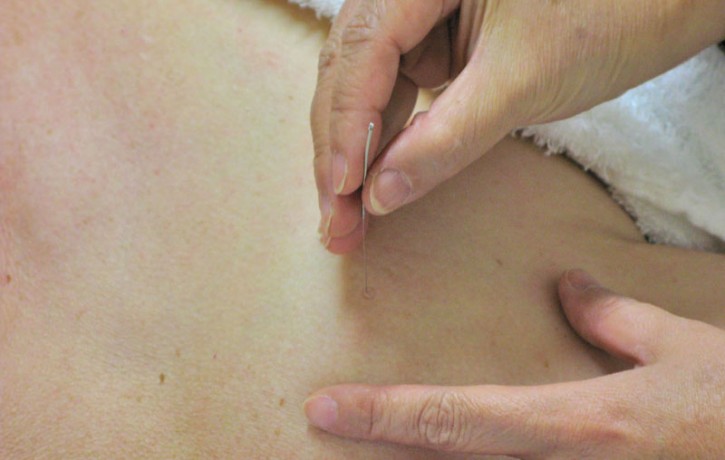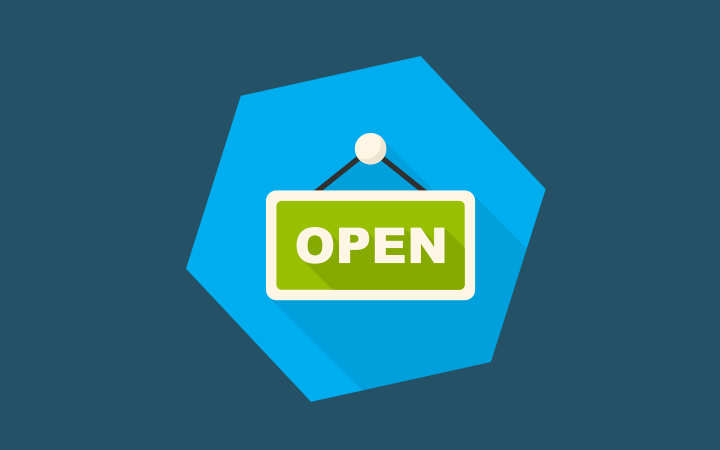
We offer Chinese acupuncture, medical acupuncture and dry needling in Southend-on-Sea and Leigh-on-Sea, Essex at The Body Matters. All of our acupuncture treatments are available from our acupuncture clinic in Leigh-on-Sea. Home visits are also available.
Medical Acupuncture at The Body Matters
Medical acupuncture is used to alleviate a wide range of symptoms, commonly including aches and pains in muscles, headaches and migraines, nausea and vomiting, menstrual cramps, depression and labour-related pains. It is used in many NHS GP practises, as well as in most pain clinics and hospices in the UK.
Medical Acupuncture & Dry Needling

Dry needling is a treatment of inserting acupuncture needles into tender areas of the body but without the concept of following traditional meridian patterns of Chinese acupuncture.
Dry needling is relatively easy to learn for qualified healthcare providers, which may include manual physical therapists, physicians, dentists and Osteopaths. However, a full education in anatomy, physiology, musculoskeletal diagnosis and pain sciences are fundamental to giving effective treatment.
Treatment is effective for a multitude of painful conditions and in a majority of regions of the body by identifying myofascial trigger points. Any complications are avoided by knowing the local anatomy, and by careful identification of the anatomical landmarks relevant to the muscle that is to be needled.
A needle using the dry needling method, are generally left in place for as little as 10-20 seconds. Dry needling can be used as a stand-alone treatment or as an adjunct to other hands-on techniques. It can be used effectively when pain and sensitivity to touch and mobilisation are too great for a patient to tolerate and as such needling beforehand can allow for firmer hands-on techniques to be performed with a reduced amount of discomfort.
Although the basic description of medical acupuncture is inserting needles into tender and painful parts of the body, it does follow some specific protocols that may mean treating away from the primary region of pain.
Chinese Acupuncture
There are numerous different styles of Acupuncture in the world, such as Medical, Chinese, and Japanese acupuncture. Traditional Chinese Acupuncture is not a static system, it is continuously evolving. Today doctors and researchers also work at integrating the traditional approach with the modern understanding.
Traditionally, Acupuncture can be described as regulating the energy (qi) flow within the body along invisible pathways through which the energy (qi) flows in our body. These pathways are called meridians.
The energy (qi) flow in our body can be compared to the flow of water through a stream: The water flowing through a stream can be blocked by an obstruction which may cause overflow (excess) or dryness in different areas depending on where the blockage is. When the blockage is cleared the stream will resume its natural flow. A blockage in a stream can be cleared by making a hole or crevice which will eventually allow the force of water to widen the flow until the normal flow is restored.
In humans, the obstruction to energy (qi) flow may be caused by trauma (an injury to the body), the influence of bad weather (too cold or too hot), stress, or by eating improper food. There are many different reasons that can cause an obstruction within the body. By inserting a small needle into a blocked meridian, it will have the effect of harmonising the flow of energy within the body.
Therefore, the basic approach of Traditional Chinese Acupuncture is to locate the areas of disturbance, identify the main blockage points and clear them. The ultimate aim is to restore the body’s natural flow, balancing the body through homeostasis.
Acupuncture has been successfully used in the treatment of numerous medical-related conditions for many thousands of years. In the UK, Acupuncture has rapidly gained popularity as a proven method in the treatment of joint pain, arthritis, pain management and other health problems.
Cupping
Cupping involves the placement of round glass cups on the back or shoulders to help relieve tension and pain. A flame is briefly held inside a cup to form a vacuum, then the cup is quickly placed on the skin to create suction. They are usually retained for 10-15 minutes, following an acupuncture session. Cupping may help reduce inflammation, improve blood flow and promote relaxation.
Moxibustion
Moxibustion is sometimes used alongside acupuncture in particular cases. This involves burning a stick of mugwort and holding it over an acupuncture point or needle. It is used to help warm the channels, clearing stagnation of Qi and Blood and restoring Yang energy.
The WHO (World Health Organisation) identifies over 40 conditions acupuncture can successfully treat.
Acupuncture Can Help with the Following:
Acupuncture FAQs
What are the benefits of acupuncture?
Acupuncture is believed to offer a wide range of benefits, including pain relief, stress reduction, improved circulation, and support for various medical conditions. It is often used as a complementary therapy alongside conventional medical treatments.
Is acupuncture painful?
Acupuncture needles are very thin, and many people report little to no pain during needle insertion. Sensations may vary, with some people feeling a slight tingling or a dull ache at the insertion site. Any discomfort is typically brief and mild.
How long does an acupuncture session last?
The duration of an acupuncture session can vary but usually lasts around 30 to 60 minutes. The specific treatment plan will depend on the therapist's assessment and the client's needs.
How often should I have acupuncture sessions?
The frequency of acupuncture sessions depends on individual goals and health conditions. Some people may benefit from weekly sessions, while others may choose less frequent appointments. Acupuncturists will typically discuss a treatment plan with their clients.
Can acupuncture treat specific medical conditions?
Acupuncture is used to support a wide range of health conditions, including chronic pain, headaches, anxiety, depression, and digestive disorders. While it may provide relief from symptoms, it is not a cure for medical conditions and should be used as a complementary therapy alongside conventional medical care.
Are there any side effects of acupuncture?
Side effects of acupuncture are generally mild and temporary. They may include slight bruising, soreness at the needle insertion sites, or occasional fatigue. Serious adverse effects are rare when performed by a trained professional.
Is there any reason I may not be able to have acupuncture?
There are a number of reasons you may not be able to have any form of acupuncture. The most common is having a needle phobia. If you have a phobia then you are likely not to relax during treatment, have a heightened sensitivity to pain, and therefore have the opposite effect hoped for.
Please contact us to discuss if acupuncture is the best treatment for you.
Remote Consultations Available
We continue to use remote consultations to provide our services without physical interaction, if required, by shifting some appointments to video consultations.
Read our Remote Consultations page for more information.
Call The Body Matters on 01702 714968 for more information about Chinese, acupuncture and medical acupuncture in Southend-on-Sea & Leigh-on-Sea, Essex. Home visits are available at an extra cost of ONLY £10.


